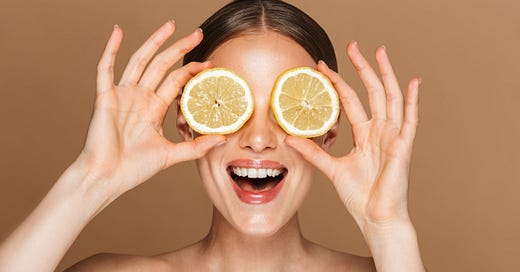There’s been a growing conversation in the health and wellness space about the link between toxic environmental exposure and our health.
More and more people are starting to question what’s really in our food, our environment, and the products we put on our skin. And it’s about time.
But there’s one consistent challenge I that I have noticed:
We tend to remember simple words like “gluten,” “GMO,” or “parabens”, but skim over the longer, technical terms like “cocamidopropyl betaine”.
Our brains are wired to simplify, so when we don’t recognize these complex names, we often move on without understanding what we’re actually using. That creates a gap of knowledge, which leaves us vulnerable, without fully understanding what we’re putting on our bodies.
The reality is: not everything on store shelves is tested for long-term health effects. Many products can make claims without proper proof, and regulation doesn’t always work in the consumer’s favor.
Back in December, I started making my own skincare. It’s been a mix of experiments, mistakes, learning and fun. As part of this process, I’ve created a working document that helps me identify which ingredients are generally good for the skin and which ones to avoid. Today, I want to share that with you.
For now, this list focuses on ingredients in shampoos, conditioners, face washes, and moisturizers. I haven’t started looking into makeup ingredients yet. And given the thousands of ingredients used in the industry, I’m sure I’ve missed some so feel free to comment below with any additions and I’ll keep the list updated.
The list is a spreadsheet and cannot be created in table format in substack, so click the button below to view the list in Google Sheets, and save it for your own personal use.
I hope that this helps you feel more confident about what’s going on your skin.
Because what we put on our bodies matters.
Happy Investigating,
Love Andz




